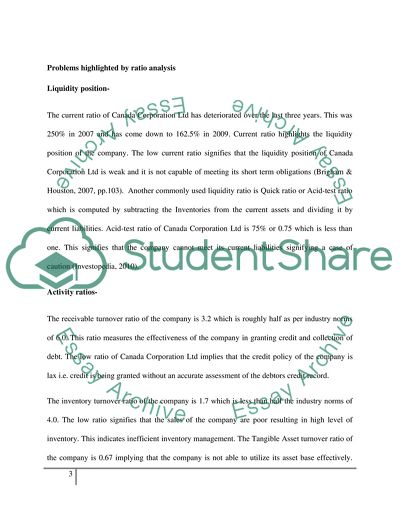Cite this document
(Management and Control of Financial Resources Case Study - 1, n.d.)
Management and Control of Financial Resources Case Study - 1. Retrieved from https://studentshare.org/macro-microeconomics/1739260-management-and-control-of-financial-resources
Management and Control of Financial Resources Case Study - 1. Retrieved from https://studentshare.org/macro-microeconomics/1739260-management-and-control-of-financial-resources
(Management and Control of Financial Resources Case Study - 1)
Management and Control of Financial Resources Case Study - 1. https://studentshare.org/macro-microeconomics/1739260-management-and-control-of-financial-resources.
Management and Control of Financial Resources Case Study - 1. https://studentshare.org/macro-microeconomics/1739260-management-and-control-of-financial-resources.
“Management and Control of Financial Resources Case Study - 1”. https://studentshare.org/macro-microeconomics/1739260-management-and-control-of-financial-resources.


